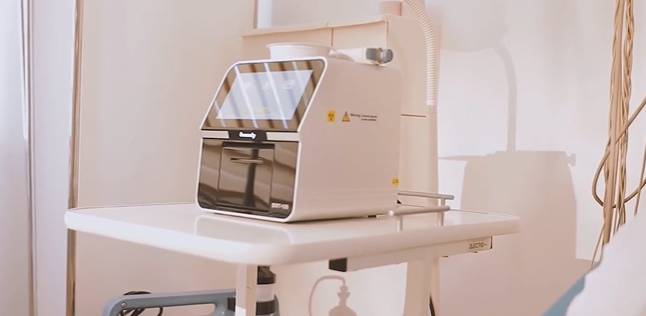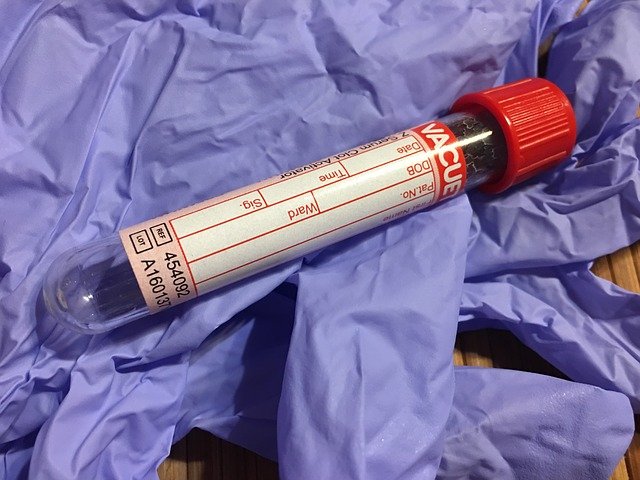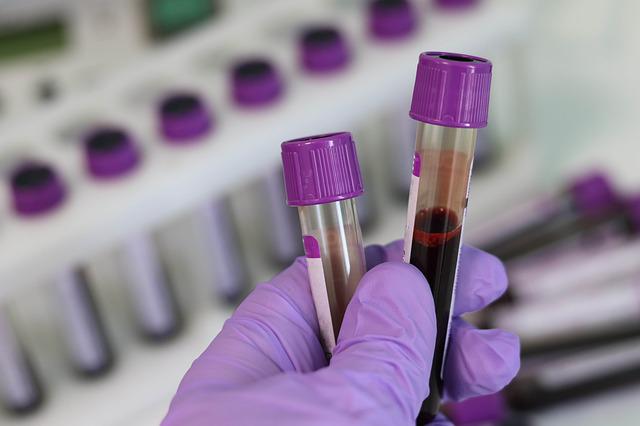4. Training of POCT equipment operators
Since POCT tests can occur at the bedside, in outpatient clinics, at the patient's home, in ambulances, at accident scenes, and other locations. Therefore, the operators (including health care workers, patients and their families) must be trained professionally and strictly. The training should include understanding the technical parameters and basic performance of the instrument, as well as skilled operation of the instrument. And through the assessment of their qualifications and abilities to be confirmed.
Patients testing themselves at home using mainly simple reagent-based analyzers. This enables simultaneous sampling and analysis. At the same time, the testing process of POCT test is further simplified. For example, pregnancy testing in has become widespread. Without professional explanatory instructions, lack of relevant expertise is likely to produce incorrect test results or misinterpretation of the results. Therefore, universal education for the general patient population is a must. Patients should also maintain contact with a designated professional in order to receive the necessary consultation services when needed.
For the relatively complex POCT, professional organizations should provide relevant training to the general users to ensure proper use of the analyzer. In some countries, there are already formal training institutions for patients on oral anticoagulants on the prothrombin time (PT) analyzer.
The training for this POCT test instrument includes a theoretical component and a practical component. Participants will learn the basic theory of coagulation testing, the use of the instrument and how to deal with related problems, as well as the effects of food nutrition and other diseases on the effects of oral anticoagulants.
At the end, participants will be tested on the use of the coagulation instrument. The training was conducted in two sessions of 6h and statistics showed that the participants were able to complete the assigned learning tasks within the specified time. After the training, problems encountered in the use of the instrument can be consulted with professional consulting organizations. Similar training is available for POCT instruments for respiratory infectious diseases.
5. POCT test test reports and their management
Standard and uniform results are not only needed for mutual trust between clinical departments and testing departments, but also for saving patients' lives. The WHO recommends that the international standardized ratio (ISI) for prothrombin reagents be corrected. The ISI values for whole blood and plasma tests should be aligned. And to minimize the impact of low bedside PT test results.
The development of modern medicine has led to a continuous refinement of the division of labor among medical personnel. The laboratory not only enhances information exchange with the clinic, but also assumes the responsibility of interpreting test information. the generation and elimination of discrepancies in POCT test results and the introduction of background knowledge require a high degree of clinical awareness on the part of laboratory staff. This is also a basic requirement for laboratory quality management of personnel.
Not only do data from POCT analyzers differ to some extent from laboratory instruments. The system specificity of bedside testing also adds to the difficulty of processing results and interferes with clinical decision making. Therefore, there is a need for point-of-care testing to be able to store, playback, analyze, and even generate quality control charts for patient test data.
In recent years, in the pursuit of miniaturization of POCT instruments, some manufacturers have introduced supporting data management systems that include these features. This facilitates the commissioning staff, and gives the POCT analyzer some quality assurance.
6. POCT test regulation management
U.S. national legal policy is different. The United States as early as 1988 in the "Clinical Laboratory Testing Improvement Amendments" has been clearly stipulated that all laboratory tests are subject to the same quality standards. And to be subject to the supervision of the federal administration.
Hospitals should establish a special POCT committee. The committee may include laboratory personnel, physicians, nursing staff, administrators, etc. The role of the committee is to set policy for the discipline and to select and evaluate instrument reagents for POCT. They should also arrange and oversee the POCT test, coordinate conflicts between various parties, and develop the hospital POCT program. It is up to the committee to establish the rules and regulations for POCT testing.
This regulation should make detailed provisions for committee responsibilities, personnel, POCT operator staffing, quality control procedures, factors influencing results, specimen sampling, instrument operation, result analysis, report distribution, data storage, instrument calibration, and maintenance.

These are some of the problems of POCT test. I hope it will be helpful to you.



